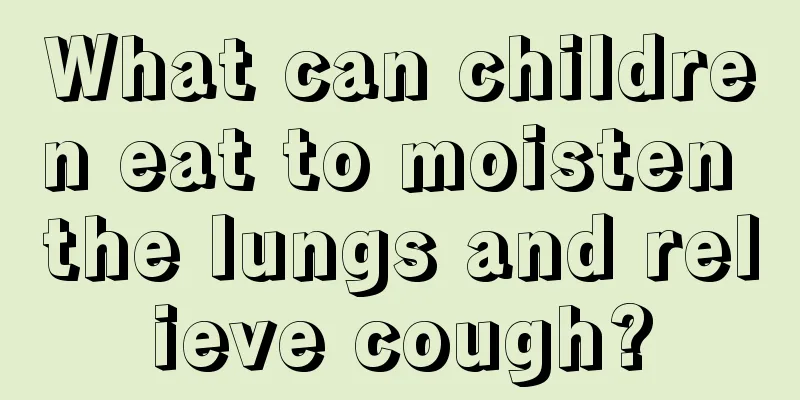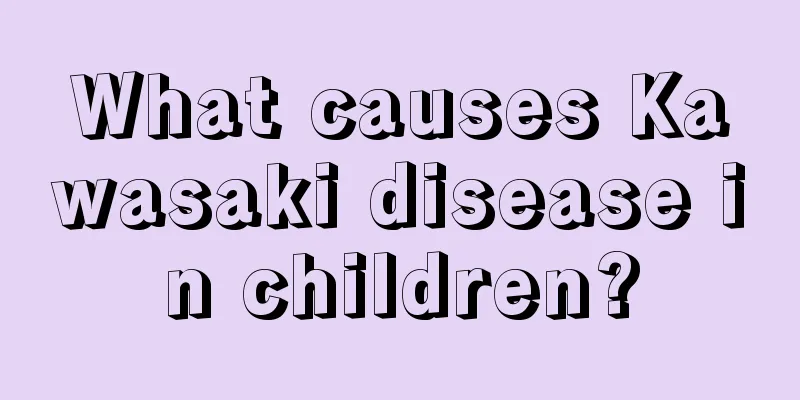Is it okay to do pit and fissure sealing for children?

|
Fissure sealing is a very common dental treatment method. Through pit and fissure sealing, various problems existing in teeth can be treated, and common oral problems such as tooth decay can also be prevented. For children, there are still certain benefits to doing pit and fissure sealing, but when doing it, you must choose a regular dental hospital. Next, I will introduce you to the relevant knowledge about pit and fissure sealing! 1. Function The occlusal surface (the side for chewing food) of the back teeth in everyone's mouth is uneven, and the concave areas are called pits and fissures. If these pits and fissures are not well developed, they will be very deep, and food and bacteria will get embedded in them, making tooth decay (also called "cavities") very likely to occur. Medically, this type of caries is called pit and fissure caries. According to oral epidemiological surveys, more than 90% of caries among Chinese adolescents occur in pits and fissures. The "sixth-year molar" is a common site for pit and fissure caries. It is the first permanent molar to erupt, has the strongest chewing function, and is most susceptible to caries, and may even fall out prematurely, so it is important to protect children's first permanent molars. Pit and fissure sealing is the most effective method to prevent pit and fissure caries in permanent molars. 2. Indications There are many factors involved in deciding whether to perform pit and fissure sealing, the most important of which are the appearance and evaluation of the pits and fissures. 1) Deep pits and fissures, especially those that can get stuck in the probe (including suspected caries). 2) The patient's other teeth, especially the opposite teeth with the same name, have caries or are prone to caries. 3. Best time The best time to seal pits and fissures is when the teeth are fully erupted and caries has not yet occurred. 1) When children’s teeth erupt and reach the occlusal plane, it is suitable for pit and fissure sealing, usually within 4 years of eruption. 2) Deciduous molars at 3-4 years old, first permanent molars at 6-7 years old, second permanent molars at 11-13 years old, and bicuspids at 9-13 years old. 3) For disabled children with poor oral hygiene, even if they are older or their teeth have been in the mouth for a long time, the age for pit and fissure sealing can be relaxed. 4. Non-indications 1) Teeth that have already suffered from caries or have been filled. 2) The teeth have not yet fully erupted and part of the occlusal surface is covered by the gums. 3) The occlusal surface has no deep pits and fissures and has good self-cleaning effect. 4) The child is uncooperative and cannot perform normal operations. Generally speaking, middle-aged and elderly people have passed the susceptibility period for pit and fissure caries, and some have already developed caries. At the same time, the pits and fissures of the back teeth gradually become shallower or disappear as they are worn away by chewing food, so under normal circumstances there is no need for pit and fissure sealing. |
<<: What causes shortness of breath in children?
>>: 6 month old baby with stuffy nose_6 month old baby with stuffy nose
Recommend
What causes foamy stools in babies?
We all know that as the baby grows day by day, hi...
How long does it take for a child's bone fracture to heal?
Human bones can develop many kinds of diseases, i...
Can I squeeze the abscess on my child's leg?
Sometimes, we can always see some pustules on our...
Will applying ginger powder on the soles of the baby's feet hurt the baby's body?
Applying minced ginger to the soles of the feet i...
What to do if your child's hair turns white
Everyone's hair quality is different. When yo...
Children's fingers move slightly while sleeping
Children are usually quite quiet when they sleep,...
What causes white spots on children's nails? These common sense cannot be ignored
The condition of the fingernails represents the h...
Can children use electric fans when they have a fever?
As we all know, babies at home are prone to fever...
What are the benefits of children learning to swim?
Many people like swimming and understand the bene...
How much milk does a newborn baby eat each time?
From the moment a baby is born, they have to face...
What are the effects of blue light exposure on children?
Blue light therapy is an important treatment opti...
What is the cause of the white spots on the child's fingertips?
The growth and development of children is an issu...
How to effectively treat mumps in children
Every year we hear about the outbreak of mumps, a...
Causes of external auditory canal furunculosis in children
Furuncles in the external auditory canal of child...
A brief discussion on the red spots on the tip of the tongue of a four-month-old baby
Taking care of the baby is the family's proud...









